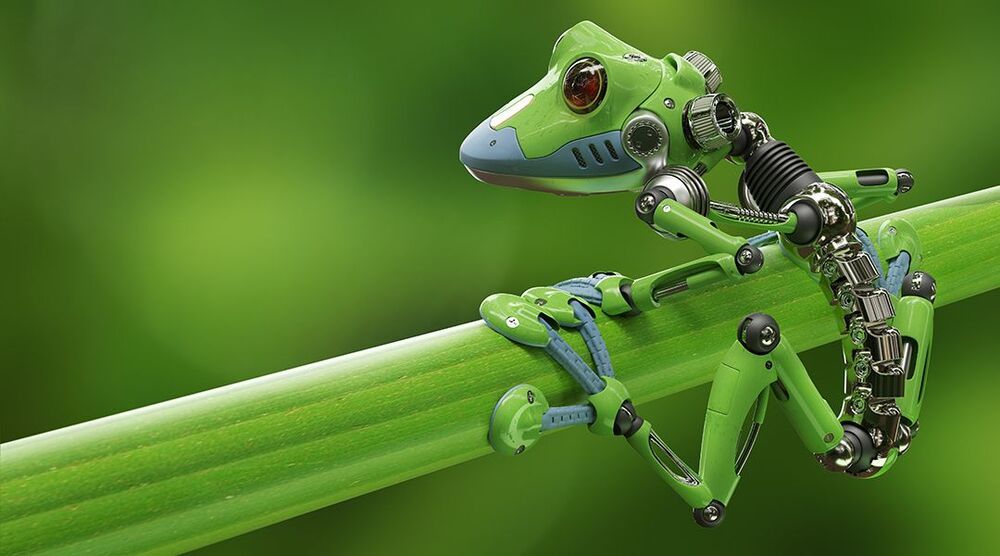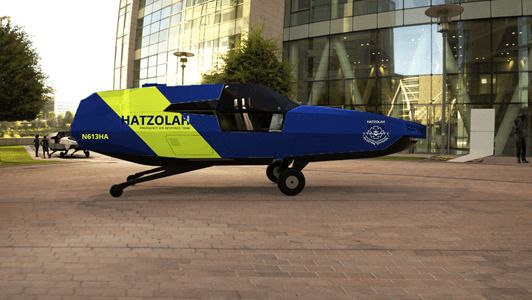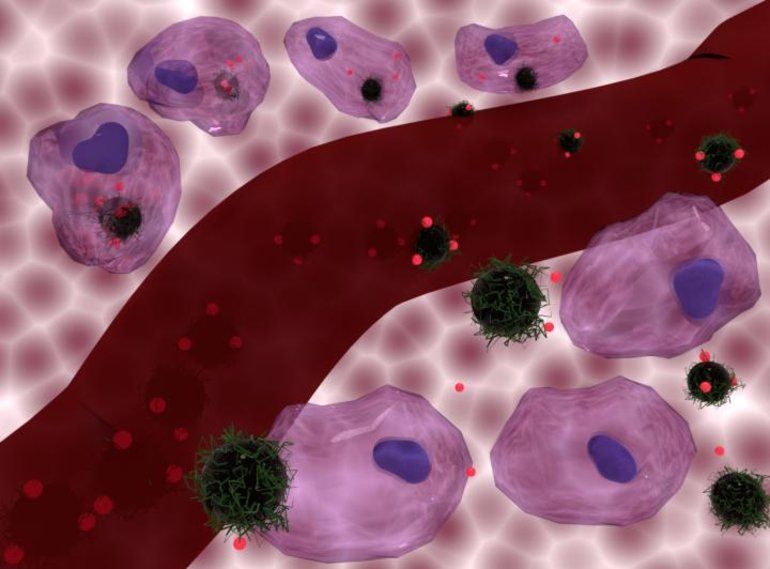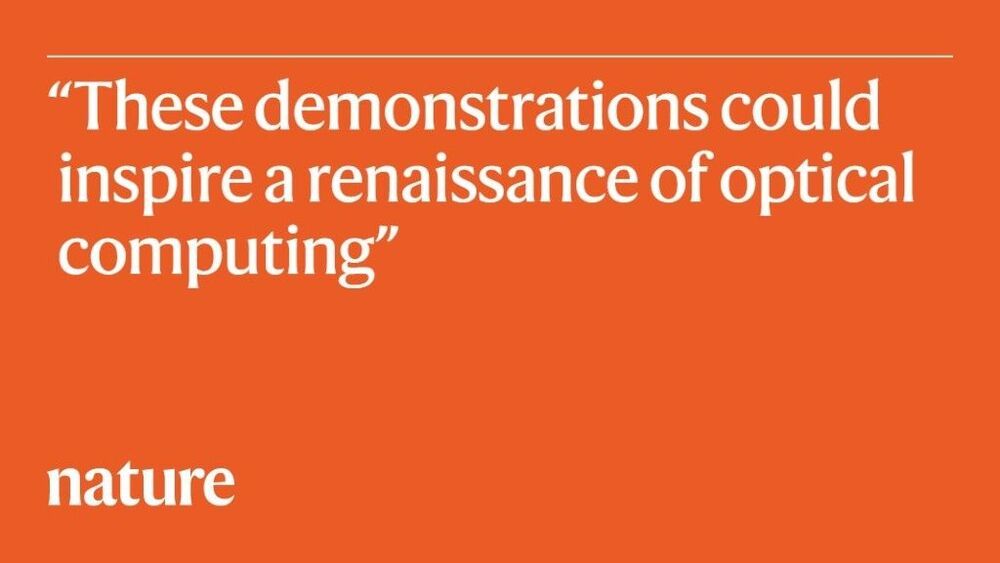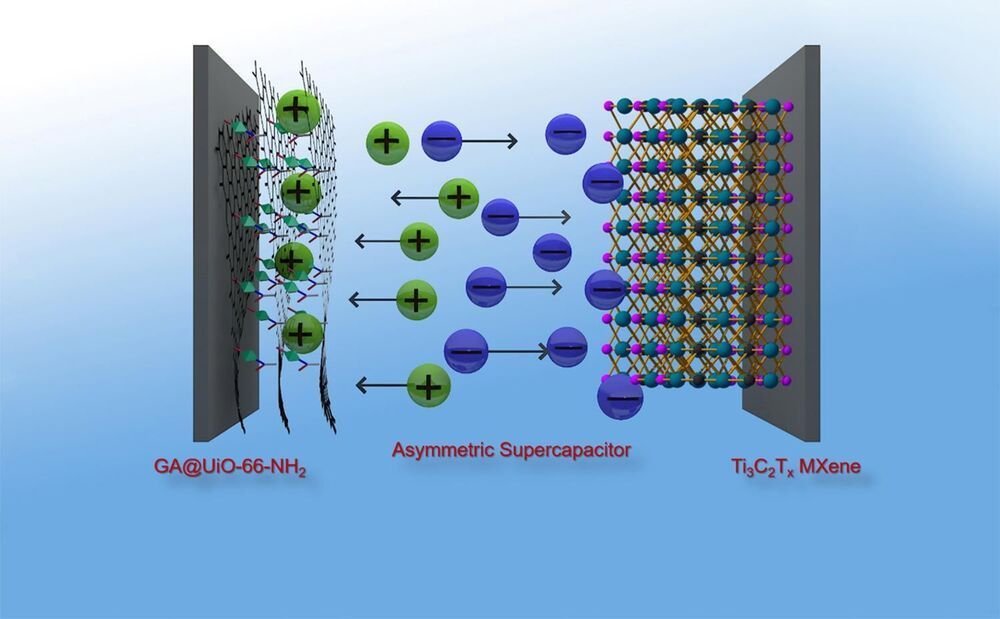Page 5743
Jan 6, 2021
Scientists Want to Give Neural Networks Virtual Drugs
Posted by Quinn Sena in categories: biotech/medical, robotics/AI
Trip Planning
With their AI approximation for psychedelic trips in place, the team says they can start to probe for similarities with how the human brain processes drugs, citing the structural similarity between neural nets and the human visual cortices.
“The process of generating natural images with deep neural networks can be perturbed in visually similar ways and may offer mechanistic insights into its biological counterpart — in addition to offering a tool to illustrate verbal reports of psychedelic experiences,” Schartner told PsyPost.
Jan 6, 2021
Urban Aeronautics announces first pre-orders of its EMS CityHawk VTOL aircraft from Hatzolah Air
Posted by Quinn Sena in category: biotech/medical
Lightweight VTOL Air Ambulances To Be Optimized For Emergency Response
Urban Aeronautics Ltd., a leading Israeli aerospace company, today announced it has reached an agreement to provide four CityHawk VTOL aircraft to Hatzolah Air for emergency medical service (EMS) applications.
In addition, Hatzolah Air will become Urban Aeronautics’ official sales representative and distribution channel to other EMS and rescue organizations worldwide. The companies previously signed an MOU to develop, produce, and market the CityHawk aircraft for EMS applications.
Jan 6, 2021
‘Incredible’ gene-editing result in mice inspires plans to treat premature-aging syndrome in children
Posted by Quinn Sena in categories: biotech/medical, genetics, life extension
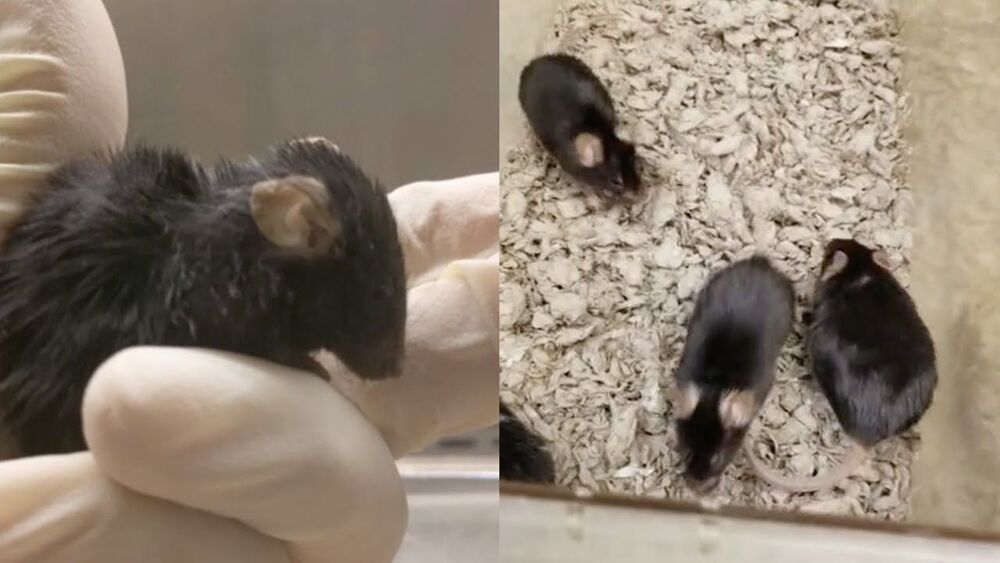
One mouse is hunched over, graying, and barely moves at 7 months old. Others, at 11 months, have sleek black coats and run around. The videos and other results from a new study have inspired hope for treating children born with progeria, a rare, fatal, genetic disease that causes symptoms much like early aging. In mice with a progeria-causing mutation, a cousin of the celebrated genome editor known as CRISPR corrected the DNA mistake, preventing the heart damage typical of the disease, a research team reports today in. Treated mice lived about 500 days, more than twice as long as untreated animals.
“The outcome is incredible,” says gene-therapy researcher Guangping Gao of the University of Massachusetts, who was not involved with the study.
Jan 6, 2021
Study demonstrates the quenching of an antiferromagnet into high resistivity states
Posted by Quinn Sena in categories: materials, particle physics
Antiferromagnetism is a type of magnetism in which parallel but opposing spins occur spontaneously within a material. Antiferromagnets, materials that exhibit antiferromagnetism, have advantageous characteristics that make them particularly promising for fabricating spintronic devices.
In contrast with conventional electronic devices, which use the electrical charge of electrons to encode information, spintronics process information leveraging the intrinsic angular momentum of electrons, a property known as “spin.” Due to their ultrafast nature, their insensitivity to external magnetic fields and their lack of magnetic stray fields, antiferromagnets could be particularly desirable for the development of spintronic devices.
Despite their advantages and their ability to store information, most simple antiferromagnets have weak readout magnetoresistivity signals. Moreover, so far physicists have been unable to change the magnetic order of antiferromagnets using optical techniques, which could ultimately allow device engineers to exploit these materials’ ultrafast nature.
Jan 6, 2021
Heat Treatment May Make Chemotherapy More Effective
Posted by Genevieve Klien in categories: biotech/medical, chemistry
Summary: Heating up cancer cells as they are being targeted with chemotherapy appears to be a highly effective way of killing them off.
Source: UCL
The study, published in the Journal of Materials Chemistry B, found that “loading” a chemotherapy drug on to tiny magnetic particles that can heat up the cancer cells at the same time as delivering the drug to them was up to 34% more effective at destroying the cancer cells than the chemotherapy drug without added heat.
Jan 6, 2021
Researchers fabricate arrays of atomically smooth iron-coated silicon pyramids with unusual magnetic properties
Posted by Genevieve Klien in categories: nanotechnology, transportation
Ultra-small integrated circuits have revolutionized mobile phones, home appliances, cars, and other everyday technologies. To further miniaturize electronics and enable advanced functions, circuits must be reliably fabricated in three dimensions. Achieving ultrafine 3D shape control by etching into silicon is difficult, because even atomic-scale damage reduces device performance. Researchers at Nara Institute of Science and Technology (NAIST) have published a new study in Crystal Growth and Design in which they etched silicon to adopt the shape of atomically smooth pyramids. Coating these silicon pyramids with a thin layer of iron imparted magnetic properties that until now were only theoretical.
NAIST researcher and senior author of the study Ken Hattori is widely published in the field of atomically controlled nanotechnology. One focus of Hattori’s research is in improving the functionality of silicon-based technology.
“Silicon is the workhorse of modern electronics because it can act as a semiconductor or an insulator, and it’s an abundant element. However, future technological advances require atomically smooth device fabrication in three dimensions,” says Hattori.
The explosive growth of artificial intelligence calls for rapidly increasing computing power. Two reported photonic processors could meet these power requirements and revolutionize artificial-intelligence hardware. Advances in integrated photonic computer processors.
Jan 6, 2021
Scientists Say Life Could Survive Inside Stars
Posted by Quinn Sena in category: alien life
Needle, Haystack
The scientists even pointed to specific stars, like the erratic EPIC 249706694, that might be harboring such life, though once again they say they’re totally speculating. These theoretical organisms would survive by absorbing some of their star’s energy, so any star that dims faster than models predict could, theoretically, be serving as host.
“It is a fascinating thought that the universe may be packed with intelligent life that is so different from ours that we failed to recognize its existence,” study coauthor Eugene Chudnovsky told ScienceAlert.
Jan 6, 2021
Supercapacitors Challenge Batteries: Powerful Graphene Hybrid Material for Highly Efficient Energy Storage
Posted by Quinn Sena in categories: chemistry, computing, mobile phones, sustainability, transportation
A team working with Roland Fischer, Professor of Inorganic and Metal-Organic Chemistry at the Technical University Munich (TUM) has developed a highly efficient supercapacitor. The basis of the energy storage device is a novel, powerful and also sustainable graphene hybrid material that has comparable performance data to currently utilized batteries.
Usually, energy storage is associated with batteries and accumulators that provide energy for electronic devices. However, in laptops, cameras, cellphones or vehicles, so-called supercapacitors are increasingly installed these days.
Unlike batteries they can quickly store large amounts of energy and put it out just as fast. If, for instance, a train brakes when entering the station, supercapacitors are storing the energy and provide it again when the train needs a lot of energy very quickly while starting up.
